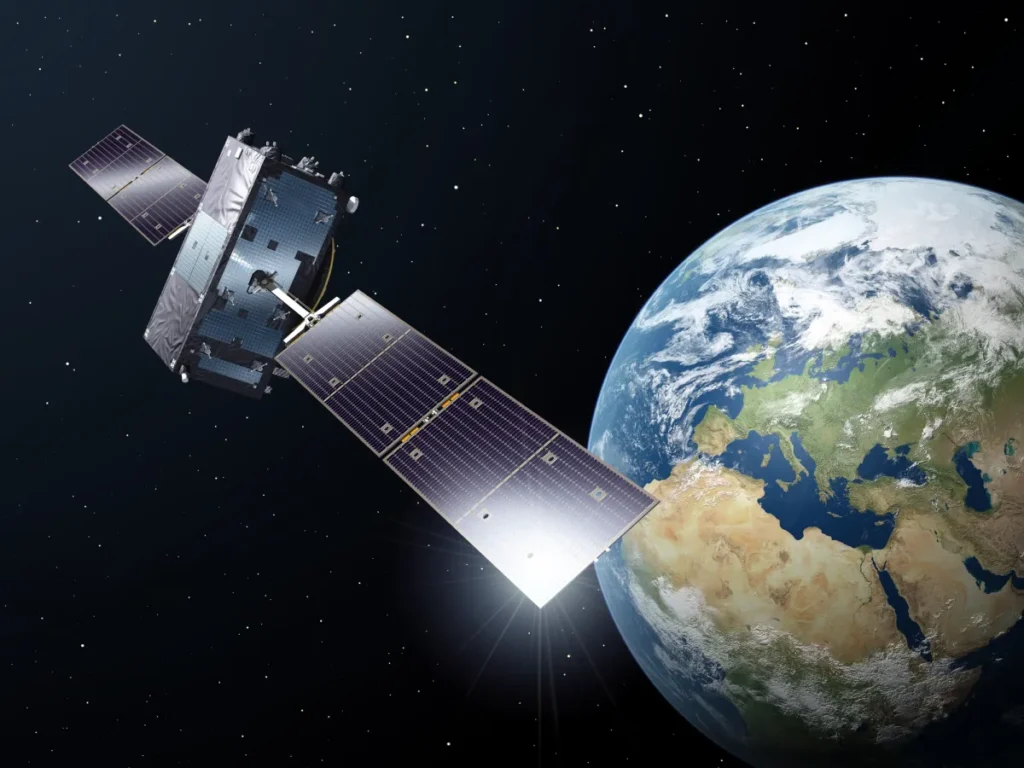NASA, in collaboration with SpaceX and Intuitive Machines, is poised to launch the Athena lunar lander on February 26, 2025. This mission, part of NASA’s Commercial Lunar Payload Services (CLPS) program, aims to enhance our understanding of the Moon’s environment and prepare for future human missions.
Athena’s Mission Objectives
The Athena lander is designed to touch down near the Moon’s south pole, specifically in the vicinity of the Shackleton crater. One of its primary goals is to drill into the lunar surface to search for water ice and other volatile gases. The presence of water ice is crucial, as it can be utilized for life support and as a potential resource for fuel in future missions. Additionally, Athena will carry various scientific instruments and technology demonstrations to study the lunar environment comprehensively.
Collaboration with SpaceX
SpaceX’s Falcon 9 rocket has been selected to launch the Athena lander from NASA’s Kennedy Space Center in Florida. This partnership underscores the growing collaboration between NASA and commercial spaceflight companies to achieve lunar exploration objectives. The Falcon 9’s reliability and cost-effectiveness make it an ideal choice for delivering payloads to the Moon.
Intuitive Machines’ Role
Texas-based Intuitive Machines is responsible for developing the Nova-C lunar lander, named Athena for this mission. This marks their second lunar landing attempt under the CLPS initiative. Their first mission in February 2024 achieved a historic landing, though the spacecraft experienced a tilt upon touchdown. Despite this, communication with the lander remained intact, providing valuable data and experience for subsequent missions.
Scientific and Technological Payloads
Athena’s payload includes a NASA drill designed to extract samples from beneath the lunar surface, aiming to detect water ice and other resources. Another innovative component is the “Grace” hopper spacecraft, engineered to “hop” into permanently shadowed regions (PSRs) of the Moon. Grace will explore these dark craters, which are believed to harbor water ice deposits, providing critical data for future manned missions.
Implications for Future Lunar Exploration
The success of the Athena mission could significantly influence future lunar exploration strategies, particularly those related to NASA’s Artemis program. Identifying and utilizing lunar resources like water ice is essential for establishing a sustainable human presence on the Moon. Moreover, this mission exemplifies the effective collaboration between governmental agencies and private companies in advancing space exploration.

SpaceX Falcon 9 Moon launch
Why This News Is Important
The upcoming launch of the Athena lunar lander represents a pivotal moment in space exploration, especially for students preparing for government exams in sectors like defense, civil services, and science and technology. This mission highlights the strategic importance of public-private partnerships in achieving national space objectives. Understanding such collaborations is crucial for roles in policy-making and administration, where decisions about resource allocation and international cooperation are made.
Furthermore, the mission’s focus on lunar resource utilization aligns with India’s own space exploration goals. Insights from Athena’s findings could inform India’s lunar missions, fostering international collaboration and knowledge sharing. For candidates in the defense sector, the technological advancements demonstrated by this mission underscore the importance of innovation in maintaining strategic advantages. Overall, the Athena mission serves as a case study in successful mission planning, execution, and the potential for scientific breakthroughs, all of which are pertinent topics in competitive examinations.
Historical Context
The quest to explore the Moon has evolved significantly since the Apollo missions of the 1960s and 70s. In recent years, there has been a resurgence of interest in lunar exploration, driven by the potential for resource utilization and as a stepping stone for deeper space missions. NASA’s CLPS program, initiated in 2018, aims to engage commercial partners in delivering payloads to the Moon, accelerating the timeline for scientific discoveries and technological demonstrations. Intuitive Machines, as a participant in this program, has been at the forefront of developing lunar landers capable of carrying diverse payloads. Their first mission in 2024, despite challenges, provided valuable lessons that have been applied to the upcoming Athena mission. This collaborative approach signifies a shift towards more inclusive and rapid advancements in space exploration.
Key Takeaways from the Athena Lunar Mission
| S.No. | Key Takeaway |
|---|---|
| 1 | Launch Date: The Athena lunar lander is scheduled for launch on February 26, 2025, aboard a SpaceX Falcon 9 rocket. |
| 2 | Mission Objective: Athena aims to land near the Moon’s south pole to search for water ice and other volatile gases. |
| 3 | Collaborative Effort: This mission is a joint venture involving NASA, SpaceX, and Intuitive Machines under the Commercial Lunar Payload Services (CLPS) program. |
| 4 | Innovative Technology: The mission includes the “Grace” hopper spacecraft, designed to explore permanently shadowed lunar regions for potential water ice deposits. |
| 5 | Strategic Importance: Findings from this mission could significantly impact future lunar exploration and resource utilization strategies, including NASA’s Artemis program. |
SpaceX Falcon 9 Moon launch
Important FAQs for Students from this News
- What is the Athena lunar mission?
The Athena lunar mission is a NASA initiative in collaboration with SpaceX and Intuitive Machines, aiming to explore the Moon’s south pole and search for water ice. - When is the Athena lander scheduled to launch?
The Athena lunar lander is scheduled for launch on February 26, 2025. - What is the primary objective of the Athena mission?
The mission aims to search for water ice and other volatile compounds in the lunar surface, which could be crucial for future human space exploration. - Which rocket will carry the Athena lander to the Moon?
SpaceX’s Falcon 9 rocket will launch the Athena lunar lander from NASA’s Kennedy Space Center. - What is the role of Intuitive Machines in the Athena mission?
Intuitive Machines is responsible for developing the Nova-C lunar lander, named Athena for this mission, under NASA’s Commercial Lunar Payload Services (CLPS) program.
Some Important Current Affairs Links


















 Exciting News!
Exciting News!  Join Our Telegram Channel Now!
Join Our Telegram Channel Now!
 Join our Telegram channel for a thrilling adventure into the world of daily current affairs.
Join our Telegram channel for a thrilling adventure into the world of daily current affairs. 
 Don’t miss out on the latest updates and insights! Click to join now and be part of the knowledge revolution!
Don’t miss out on the latest updates and insights! Click to join now and be part of the knowledge revolution! 
